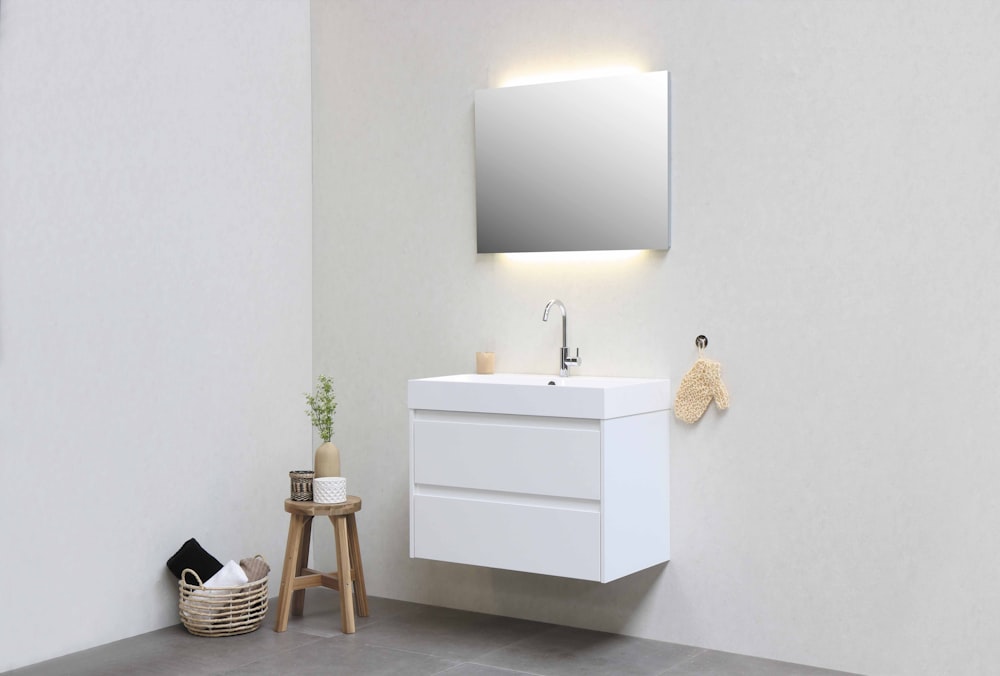
Understanding Built-Up Roof Systems A Complete Guide
Understanding Built-Up Roof Systems: A Comprehensive Guide
What are Built-Up Roof Systems?
Built-up roof (BUR) systems, also known as tar and gravel roofs, are one of the oldest and most traditional types of roofing systems. They consist of multiple layers of bitumen (asphalt or coal tar) alternated with reinforcing fabrics, typically fiberglass or polyester. These layers are then topped with a protective surface layer of gravel, mineral granules, or a coating to provide durability and weather resistance.
The Components of Built-Up Roofs
A typical built-up roof system comprises several key components. The base layer consists of insulation boards or a vapor barrier installed directly onto the roof deck to provide thermal protection and prevent moisture infiltration. On top of the insulation, multiple layers of bitumen-saturated felts are laid down, with each layer being hot-mopped or cold-applied to adhere to the substrate and create a waterproof membrane. Finally, a surfacing material such as gravel or mineral granules is embedded into the top layer of bitumen to protect the roof from UV radiation and mechanical damage.
Advantages of Built-Up Roofing
Built-up roof systems offer several advantages that make them a popular choice for low-slope and flat roofs. One of the main benefits is their exceptional durability and longevity. When properly installed and maintained, built-up roofs can last 20 to 30 years or more, making them a cost-effective option in the long run. Additionally, the multiple layers of bitumen and reinforcing fabrics provide excellent waterproofing and resistance to damage from foot traffic, hail, and other environmental factors.
Considerations for Installation
Installing a built-up roof requires careful planning and attention to detail to ensure optimal performance and longevity. Proper substrate preparation is essential to create a smooth, even surface for the roofing materials to adhere to. The layers of bitumen and reinforcement must be applied evenly and securely, with each layer allowed to cure properly before the next one is installed. Additionally, selecting the right surfacing material is crucial to protect the roof from UV degradation and extend its lifespan.
Maintenance and Repair
Like any roofing system, built-up roofs require regular maintenance to ensure they remain watertight and structurally sound. Routine inspections should be conducted to check for signs of damage, such as cracks, blisters, or loose seams, which can compromise the integrity of the roof. Any issues should be addressed promptly to prevent water infiltration and further damage to the underlying structure. In addition to regular inspections, built-up roofs may benefit from periodic cleaning and reapplication of surfacing materials to maintain their protective properties.
Environmental Considerations
Built-up roof systems have come under scrutiny in recent years due to environmental concerns associated with the use of asphalt and coal tar products. These materials are derived from fossil fuels and can release volatile organic compounds (VOCs) into the air during installation and over time as they degrade. Additionally, the gravel or mineral surfacing used on built-up roofs can contribute to urban heat island effects by absorbing and radiating heat. As a result, alternative roofing materials and cool roof coatings are being developed to mitigate these environmental impacts.
Cost Considerations
While built-up roofs offer excellent durability and weather resistance, they can be more expensive to install compared to other roofing systems such as single-ply membranes or modified bitumen. The multiple layers of materials and labor-intensive installation process contribute to higher upfront costs. However, the long lifespan and minimal maintenance requirements of built-up roofs can result in lower life-cycle costs over time, making them a wise investment for many commercial and industrial applications.
Conclusion
Built-up roof systems have stood the test of time as a reliable and durable roofing solution for low-slope and flat roofs. With proper installation, maintenance, and attention to environmental considerations, built-up roofs can provide decades of reliable protection for commercial, industrial, and institutional buildings. Whether you’re considering a new roof installation or refurbishing an existing one, built-up roofing offers a time-tested solution that delivers durability, longevity, and peace of mind. Read more about built up roof



